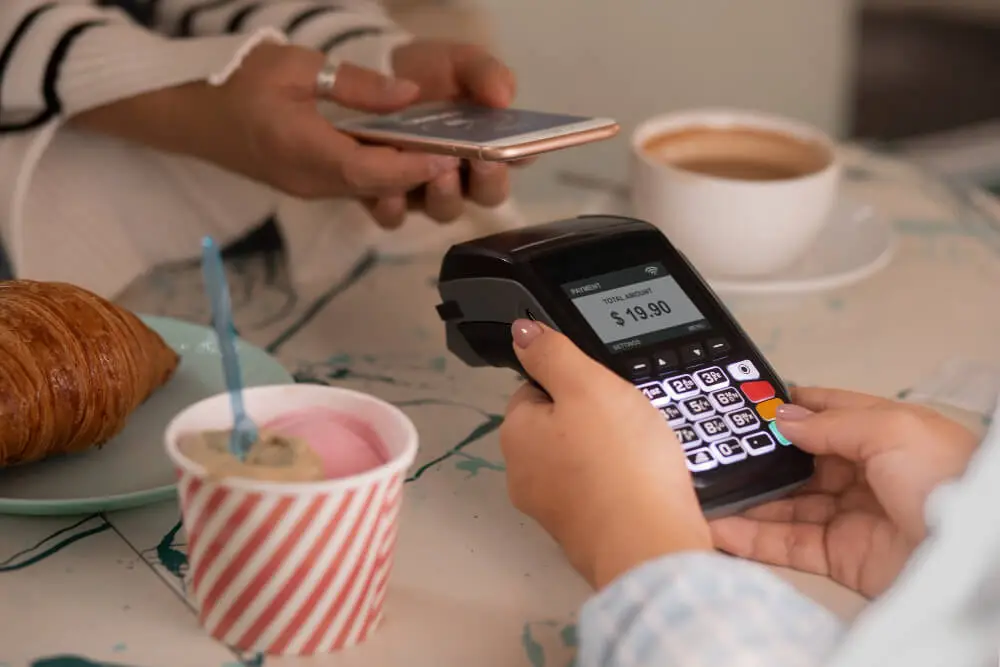In the ever-evolving world of the food industry, Quick Service Restaurants (QSRs) have carved out a special place. These fast-food establishments are designed to offer convenient, affordable, and, of course, quick meals. In recent years, the QSR market has witnessed explosive growth, driven by changing consumer lifestyles and an increasing demand for on-the-go dining options. This booming market has prompted QSRs to adapt and innovate, embracing new technologies and consumer preferences. To succeed in this competitive landscape, QSRs must employ a diverse range of marketing strategies. In this article, we’ll delve into the best QSR marketing strategy that can help you bring more customers to your restaurant.
What is a Quick Service Restaurant?
A Quick Service Restaurant, often abbreviated as QSR, is a type of eatery known for its fast food service. These establishments prioritize speed and convenience in both food preparation and customer service. QSRs are typically characterized by a limited menu, self-service, and an emphasis on takeout or drive-thru options. Some famous examples of QSRs include McDonald’s, Subway, KFC, and Taco Bell. The key to success for a QSR lies in its ability to serve a large number of customers quickly and efficiently.
Try out Fleksa’s Advanced POS System for Quick Service Restaurants!
Quick Service Restaurant vs. Normal Restaurant
To understand the unique marketing challenges of QSRs, it’s essential to differentiate them from traditional, full-service restaurants. Here’s a comparison between the two:
- Menu Complexity: QSRs typically have a more streamlined menu, focusing on a few core items. In contrast, normal restaurants offer a broader range of dishes, often with more complex and time-consuming preparation.
- Service Speed: The primary advantage of QSRs is their ability to provide fast service. Customers expect to receive their orders within minutes. In normal restaurants, the emphasis is on creating a dining experience, so service may be slower.
- Dining Environment: QSRs are designed for quick meals and convenience. Customers often eat in their cars or take their food to go. Normal restaurants offer a more relaxed, sit-down experience with table service.
- Pricing: QSRs tend to be more budget-friendly, offering affordable options. Normal restaurants may have higher menu prices due to the elevated dining experience they offer.
Top QSR Marketing Strategy You Need to Know
Now that we have a clear understanding of QSRs let’s dive into the marketing strategies that can help these establishments thrive.
Online QSR Marketing Strategy
In today’s digital age, an effective online presence is crucial for any business, including QSRs. Here are some online marketing strategies tailored for Quick Service Restaurants:
- Optimize Your Website: Create a user-friendly website that includes your menu, contact information, and an option for online ordering. Ensure that your website is mobile-responsive as many customers place orders from their smartphones.
- Leverage Social Media: Establish a strong presence on popular social media platforms like Facebook, Instagram, and Twitter. Regularly post engaging content, including high-quality images of your menu items, promotions, and customer reviews.
- Online Ordering and Delivery: Partner with popular food delivery apps like Uber Eats, Grubhub, or DoorDash. Make sure your menu is well-represented on these platforms and offer exclusive online promotions to attract more customers.
- Email Marketing: Collect customer email addresses and send out newsletters with special offers, new menu items, and updates. Personalize your emails to make customers feel valued and engaged.
- Search Engine Optimization (SEO): Optimize your website for search engines to improve your visibility in online search results. Use relevant keywords and phrases that potential customers might use when looking for fast food in your area.
- Online Advertising: Invest in online advertising campaigns, including pay-per-click (PPC) advertising on platforms like Google Ads. Target specific keywords and geographic areas to reach potential customers effectively.
- Online Reviews and Ratings: Encourage satisfied customers to leave positive reviews on platforms like Yelp and Google My Business. Respond to both positive and negative feedback to show that you care about customer experiences.
Offline QSR Marketing Strategy
While the digital realm is essential, offline marketing strategies can also significantly impact your QSR’s success. Here are some offline tactics to consider:
- Local Partnerships: Collaborate with nearby businesses or schools to offer exclusive deals for their customers or students. This can help attract a local following.
- In-Person Promotions: Host events, giveaways, or tastings to engage with the local community. These events can create a buzz and attract potential customers.
- Effective Signage: Invest in eye-catching signage that clearly displays your menu and promotes your restaurant. A well-designed sign can make a significant difference in foot traffic.
- Community Involvement: Get involved in community events, sponsor local sports teams, or support charitable causes. This not only enhances your brand’s image but also creates goodwill in your local area.
- Loyalty Programs: Implement a loyalty program where customers can earn rewards for repeat visits. Encouraging repeat business can significantly impact your revenue.
- Traditional Advertising: Don’t underestimate the power of traditional advertising methods, such as local radio ads, flyers, and newspaper inserts. These can reach a different audience segment than online marketing.
- Employee Training: Ensure that your staff is well-trained in customer service. A pleasant in-store experience can turn a one-time visitor into a regular customer.
Check out: 7 Restaurant Marketing Ideas For 2023
Conclusion
In the fiercely competitive landscape of Quick Service Restaurants (QSRs), the importance of deploying effective QSR marketing strategy cannot be overstated. These strategies play a pivotal role in not only attracting but also retaining customers, ensuring the long-term success of your establishment. To achieve this, a perfect blend of online and offline approaches is essential. The digital sphere offers opportunities for online ordering, delivery services, and engaging social media campaigns, while traditional marketing methods such as in-store promotions and community outreach remain relevant.
However, it’s crucial to recognize that there is no one-size-fits-all solution in the QSR industry. Your marketing strategies should be tailored to your specific location, target market, and the unique features that set your QSR apart. By carefully fine-tuning your marketing mix, your Quick Service Restaurant can not only survive but thrive in this rapidly evolving and highly competitive industry.






